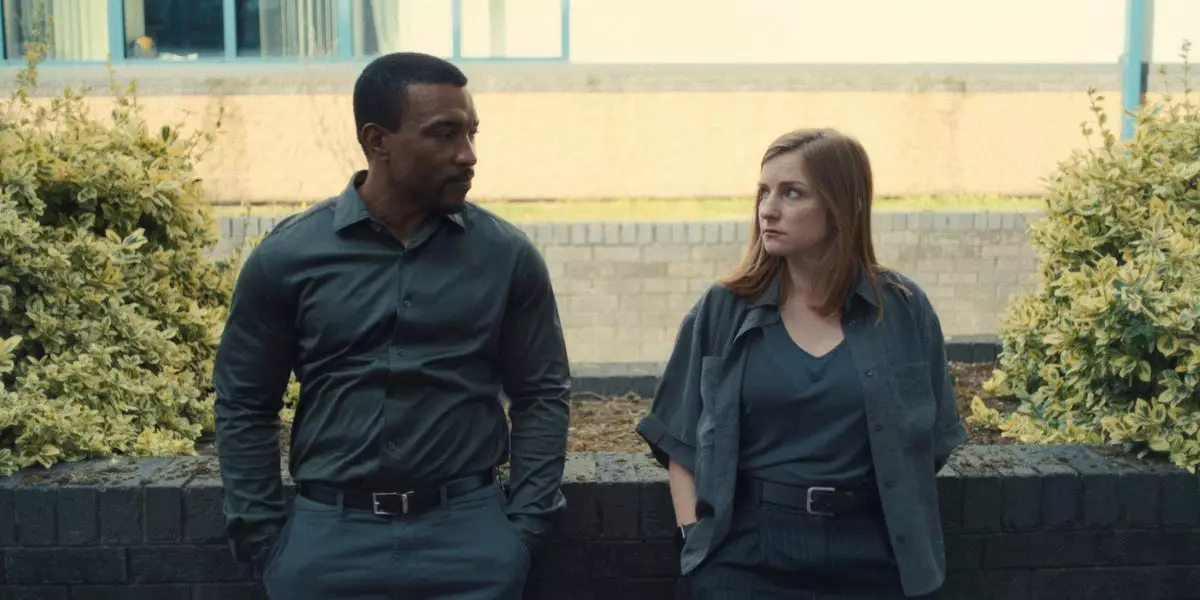The Netflix mini-series *Adolescence* has captured the attention of audiences with its intriguing narrative and cleverly crafted visuals. Particularly notable is the second episode, which culminates in a breathtaking and emotionally charged scene that has sparked widespread discussion. The reveal of Eddie—played by co-creator Stephen Graham—laying flowers at the murder scene creates a profound impact that resonates deeply with viewers. This moment, charged with symbolism, showcases how the right choice in storytelling can elevate an episode to unforgettable heights.
The creative decision to switch from a conventional street-level tracking shot to an aerial view is not just a visual flourish; it represents a shift in perspective about how stories can be told. Director Philip Barantini and Director of Photography Matt Lewis, in their candid discussion on *The Rest Is Entertainment* podcast, echoed the thought that taking risks can lead to formidable payoffs or, conversely, significant failures. This dilemma is at the heart of artistic creation—the balance between innovation and tradition. By opting for an aerial shot, the filmmakers not only captured the essence of loss and remembrance but also provided a poignant visual metaphor for Eddie’s emotional turmoil.
Balancing Art and Executive Influence
One particularly fascinating aspect of the episode’s development is the influence of a Netflix executive suggesting the inclusion of Eddie in the final frame. This recommendation could easily have been dismissed as impractical; however, Barantini’s openness to experimentation illustrates a keen understanding of the collaborative nature of filmmaking. Rather than adhering rigidly to an original vision, he embraced an idea that could provide a more compelling conclusion. It’s a testament to the intricate dance between artistry and commercial expectations in the entertainment industry.
As the team grappled with technical challenges during filming—like overcoming wind conditions and drone maneuverability—they faced a unique situation that tested their creative instincts. Lewis’s commitment to capturing the desired effect, even amidst potential setbacks, is an embodiment of perseverance in the face of obstacles. The emotional weight he experienced upon getting the shot reiterates how deep connections can manifest between creators and the stories they tell.
The Essence of Adaptability in Filmmaking
The conversation around alternative endings further illuminates the creative process. Barantini and Lewis explored various possibilities, including maintaining a more traditional street-level shot or fading out over the city without Eddie at the scene. This variety of approaches highlights the importance of adaptability in filmmaking—the ability to pivot based on instinct, feedback, and logistics can help shape a narrative that feels both relevant and relatable.
Ultimately, the essence of the episode lies in its capacity to engage viewers not just emotionally but also intellectually. Each creative choice invites the audience to ponder the consequences of loss and the ways we honor those who have passed. By incorporating a thoughtful aerial shot that symbolizes Eddie’s internal struggles, the showrunners have indeed elevated the storytelling to significant heights, proving that innovative techniques can resonate long after the credits roll.

